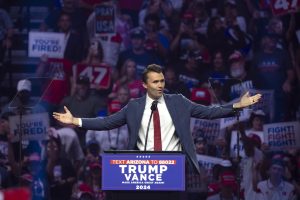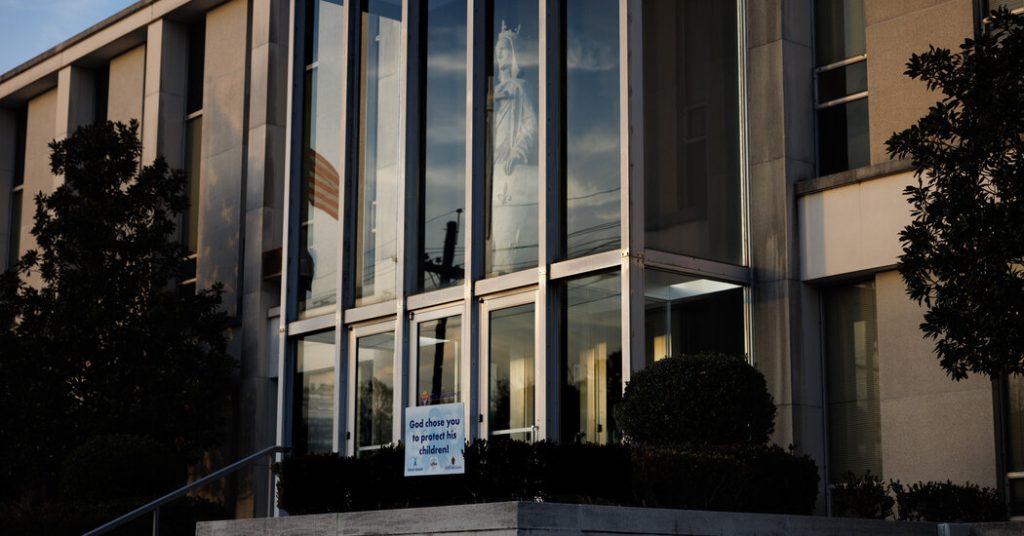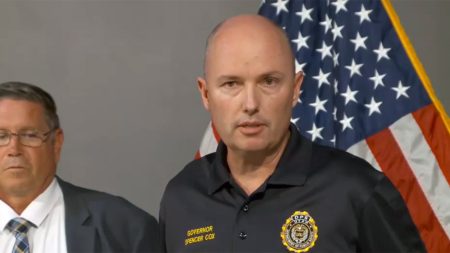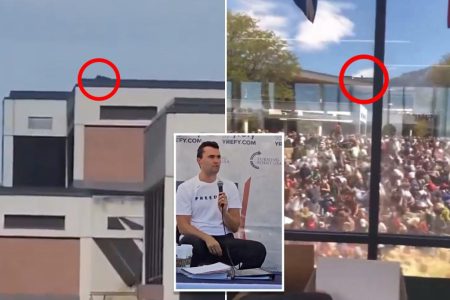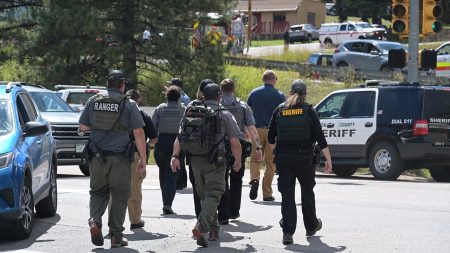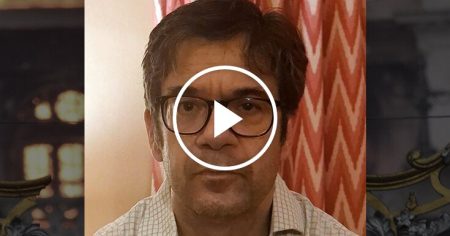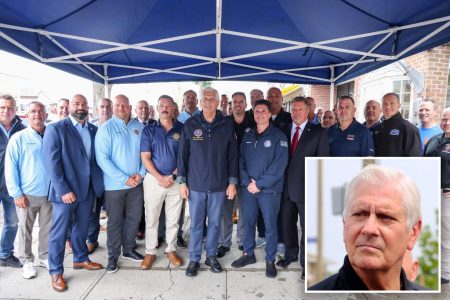The Archdiocese of New Orleans found itself engulfed in a devastating sex abuse scandal in 2018, a crisis that reverberated throughout the deeply Catholic city. This crisis caught the attention of the New Orleans Saints, another prominent institution in the city. Gayle Benson, the Saints’ owner, a devout Catholic and significant benefactor of the Archdiocese, shared a close personal relationship with Archbishop Gregory Aymond. Concerned about the unfolding scandal and its impact on the Archbishop, Greg Bensel, the Saints’ head of communications, offered his expertise in crisis management to the Archdiocese, an offer readily accepted by Ms. Benson and conveyed to the Archbishop. This marked the beginning of an extensive collaboration between the Saints and the Archdiocese, a partnership documented in over 300 emails subsequently obtained by The New York Times.
These emails revealed a concerted effort by the Saints to mitigate the damage from the burgeoning scandal and protect the image of the Archbishop. Mr. Bensel, with the full backing of Ms. Benson, utilized his position and resources within the Saints organization to assist the Archdiocese. His activities included crafting talking points for Archbishop Aymond, coordinating media interviews, and even editing communications to parishioners. The emails exposed a strategy that went beyond typical community outreach, raising questions about the extent of the Saints’ involvement in a sensitive and controversial matter.
A particularly contentious aspect of the collaboration revolved around the release of a list of credibly accused clergy members in November 2018. While presented by the church as a move toward transparency, the list faced criticism for being incomplete. Emails revealed discussions between Mr. Bensel and Saints president Dennis Lauscha about the list shortly before its public release, including a reference to removing specific names, allegedly following communication with the then-district attorney, Leon Cannizzaro. While all parties involved denied any influence over the composition of the list, the exchange fueled suspicions about potential interference and a lack of full disclosure.
The Saints’ relationship with the Archdiocese extended beyond the release of the list. Mr. Bensel continued to provide public relations support, leveraging his media contacts and influence to shape the narrative surrounding the scandal. He arranged meetings between Archbishop Aymond and local newspaper editors, urging them to provide favorable coverage. He assisted in drafting letters to parishioners and even worked on a guest column for The Advocate penned by Ms. Benson herself, which praised the Archdiocese’s positive impact on the community. This level of involvement, while supported by Ms. Benson, raised concerns among some within the Saints organization about the appearance of being overly aligned with the Archdiocese.
The revelations about the Saints’ involvement stemmed from a lawsuit filed by a former altar boy against the Archdiocese, unrelated to the Saints themselves. The plaintiff’s lawyers uncovered the email correspondence during discovery, exposing the extent of the collaboration. While the Saints initially downplayed their role, the emails painted a different picture, highlighting a proactive and sustained effort to manage the crisis. The Archdiocese maintained that Mr. Bensel’s services were provided pro bono, underscoring Ms. Benson’s unwavering support for the Church, even amidst the controversy.
This unusual partnership between a professional sports team and a religious institution facing a major scandal unfolded against a backdrop of ongoing investigations into the Archdiocese’s handling of abuse allegations. The Saints’ deep roots in the New Orleans community, combined with Ms. Benson’s substantial philanthropic contributions to the Church, created a complex dynamic, raising questions about the intersection of power, influence, and public perception. The collaboration, while presented as an act of community support, ultimately became a subject of scrutiny, highlighting the potential implications of powerful institutions working together to navigate a crisis with significant public repercussions.
